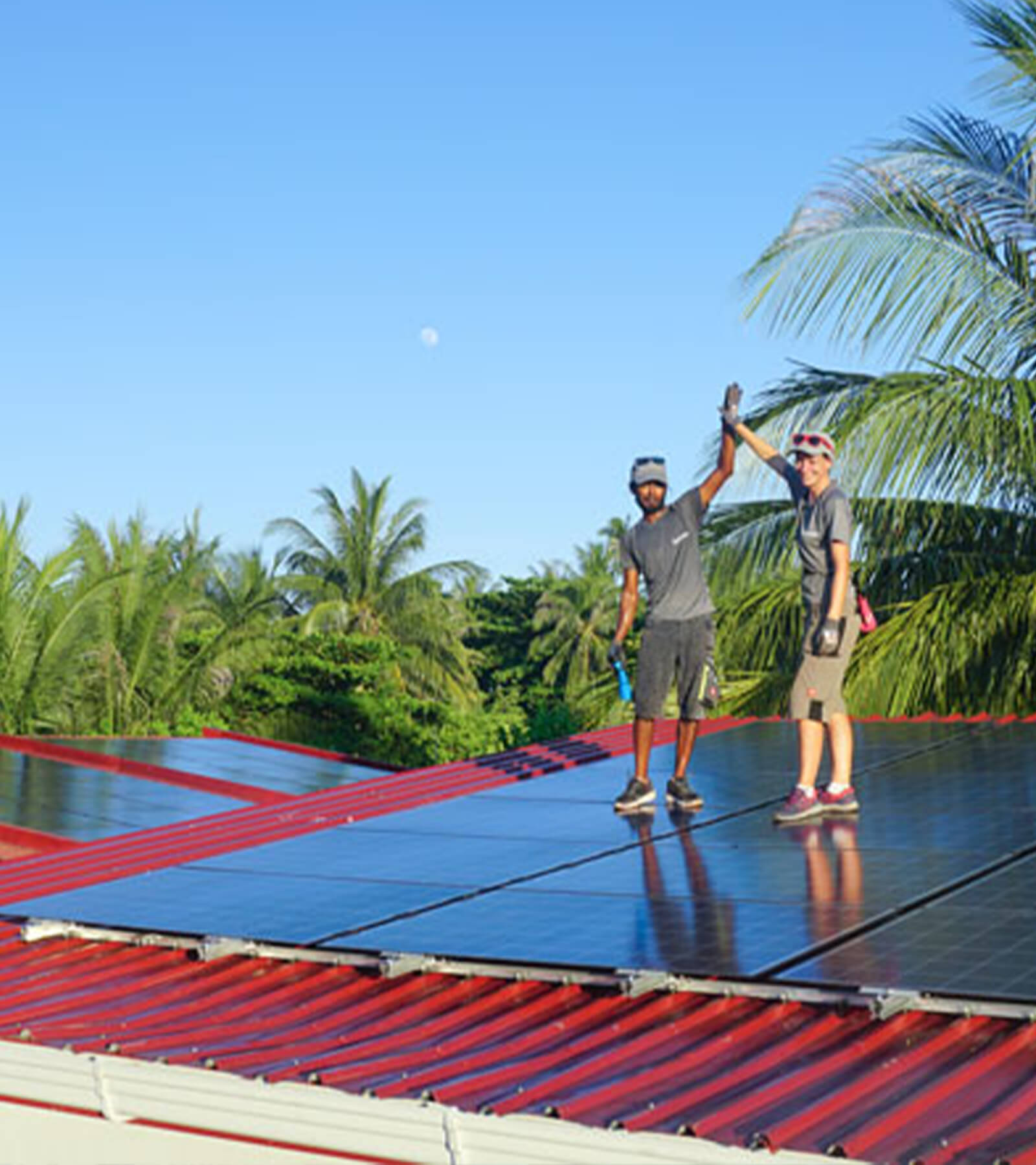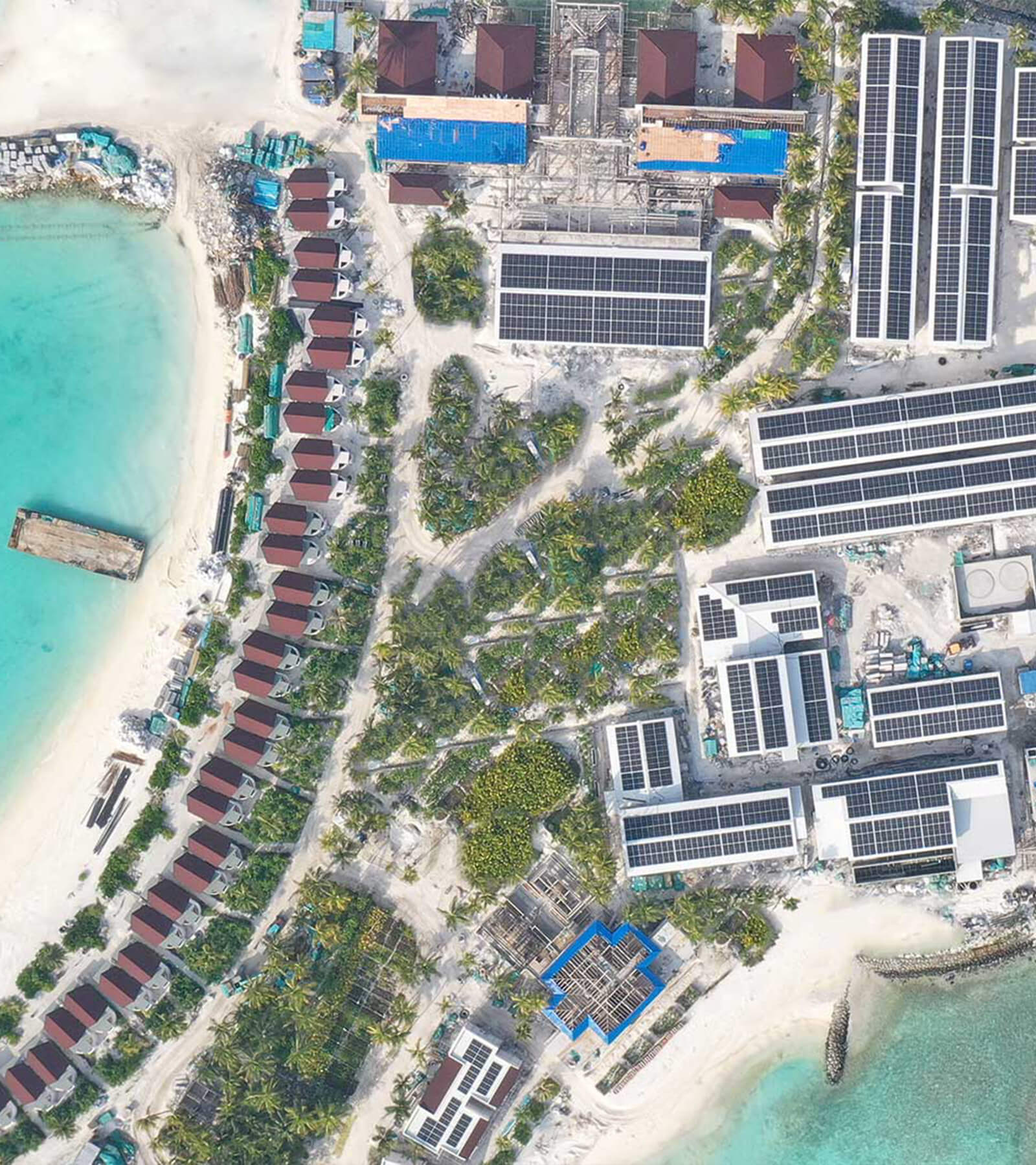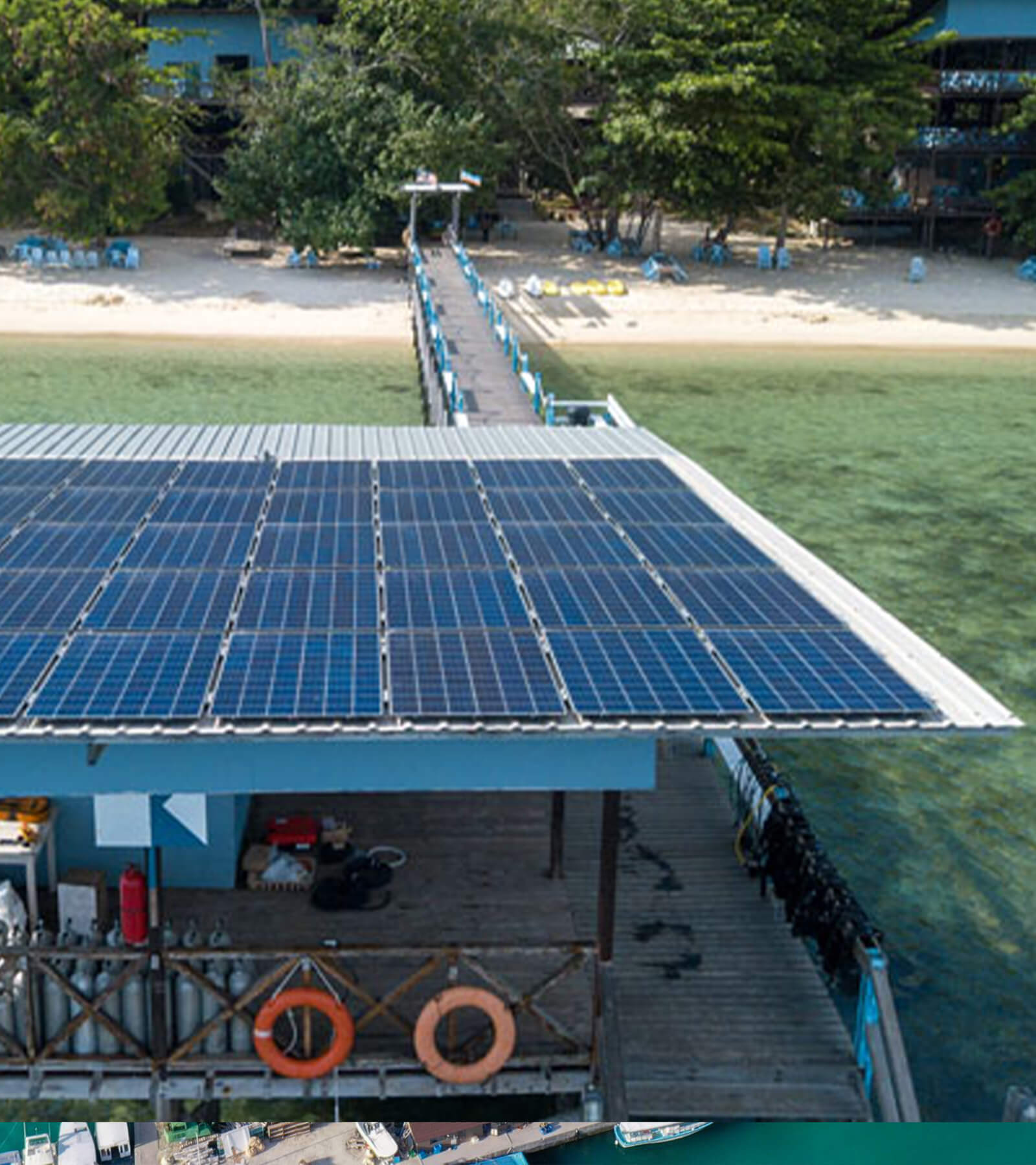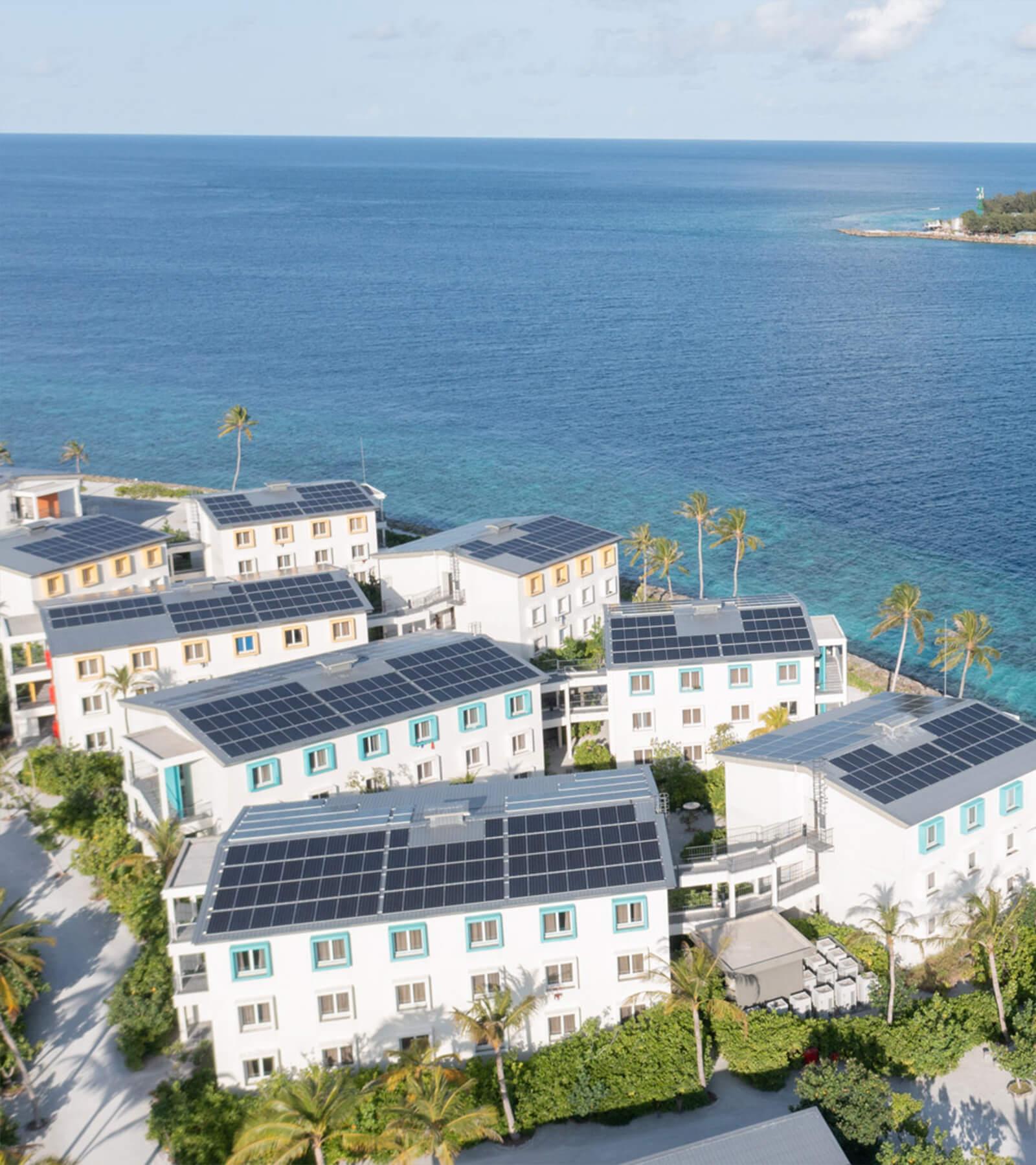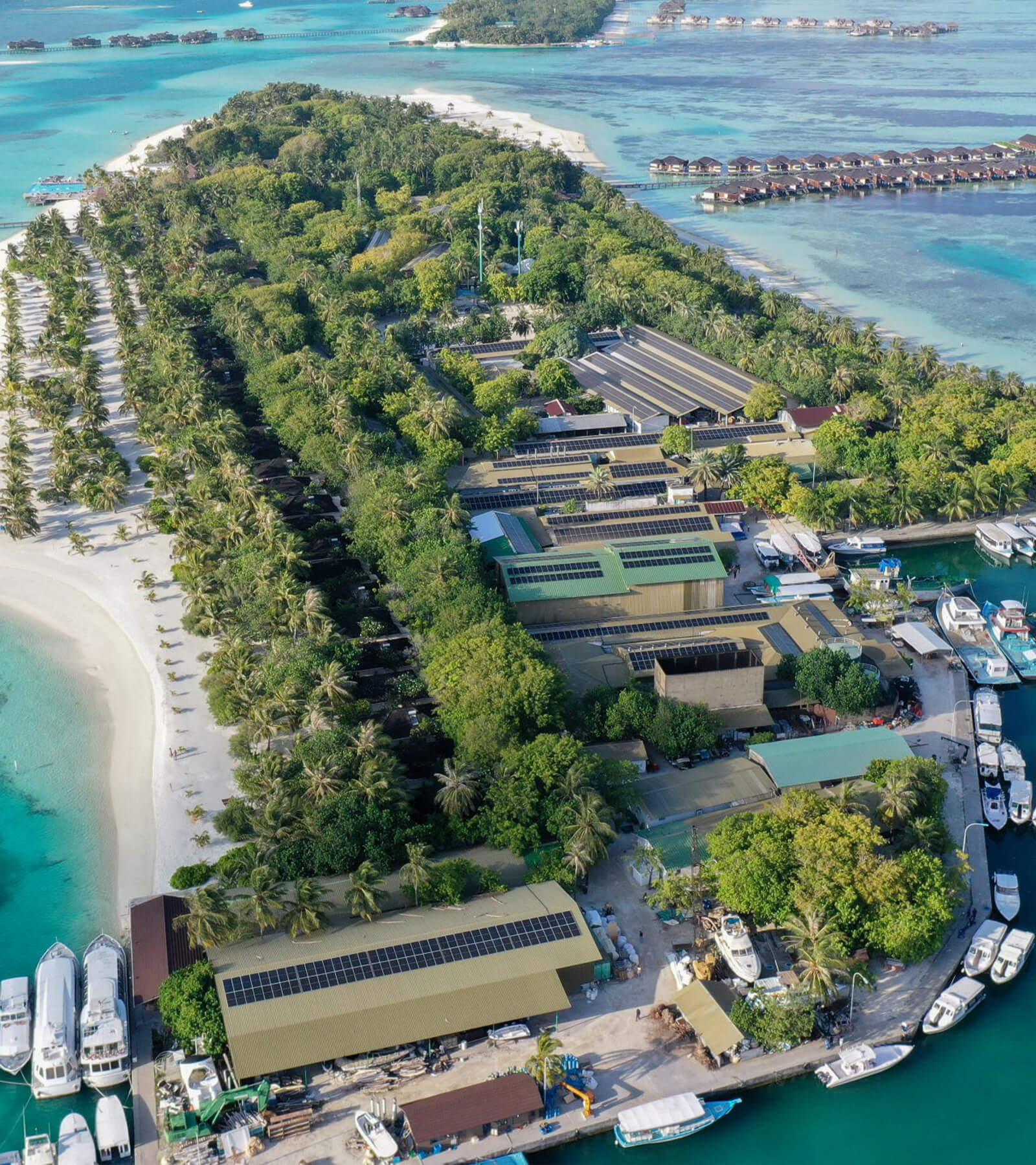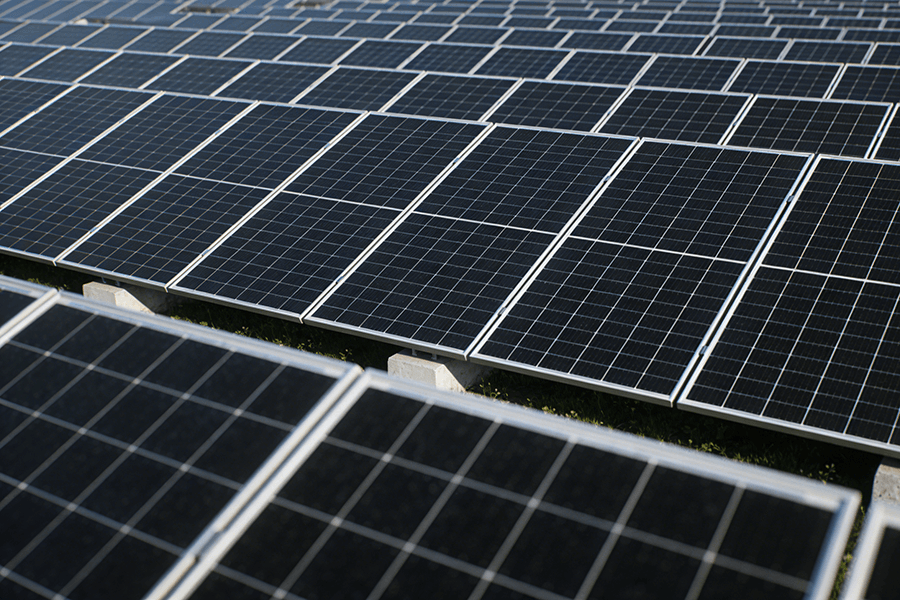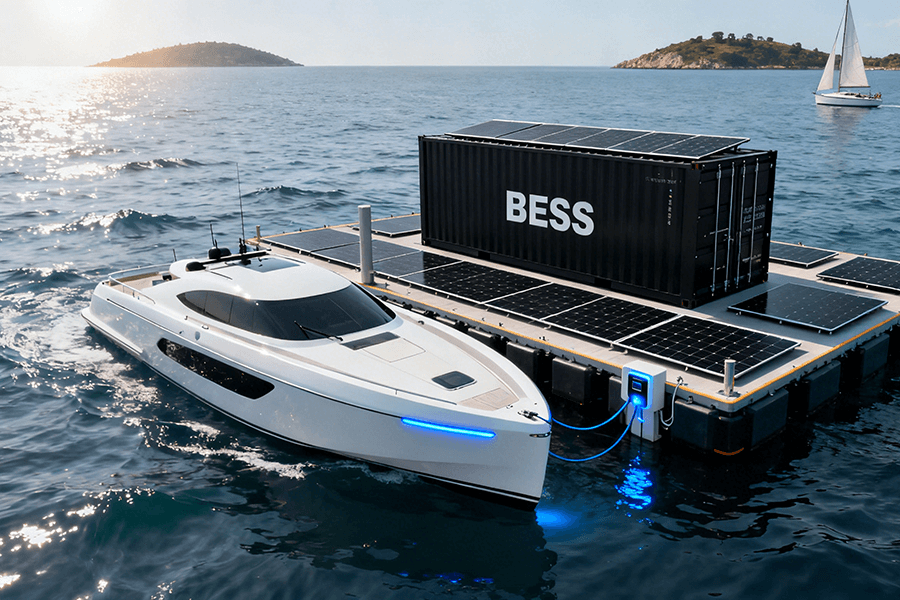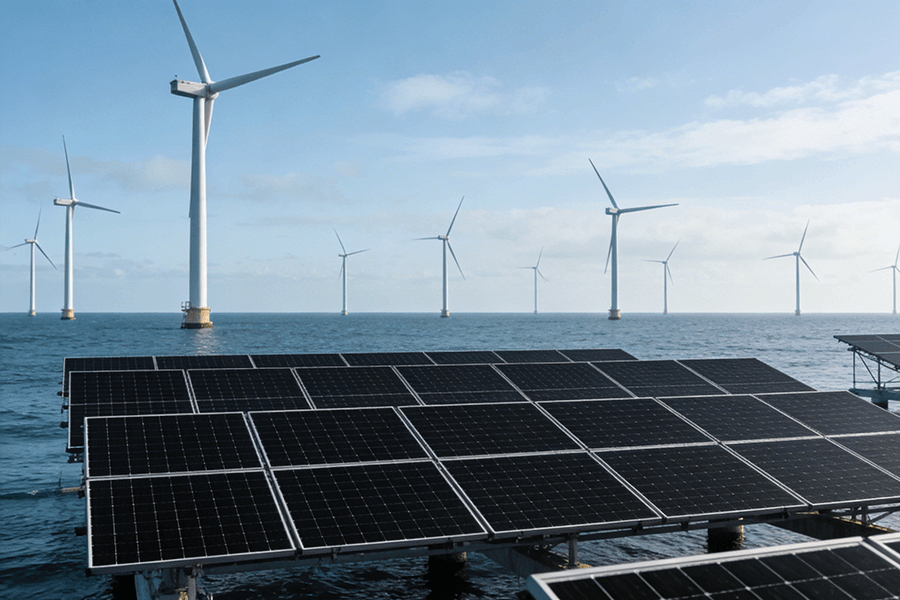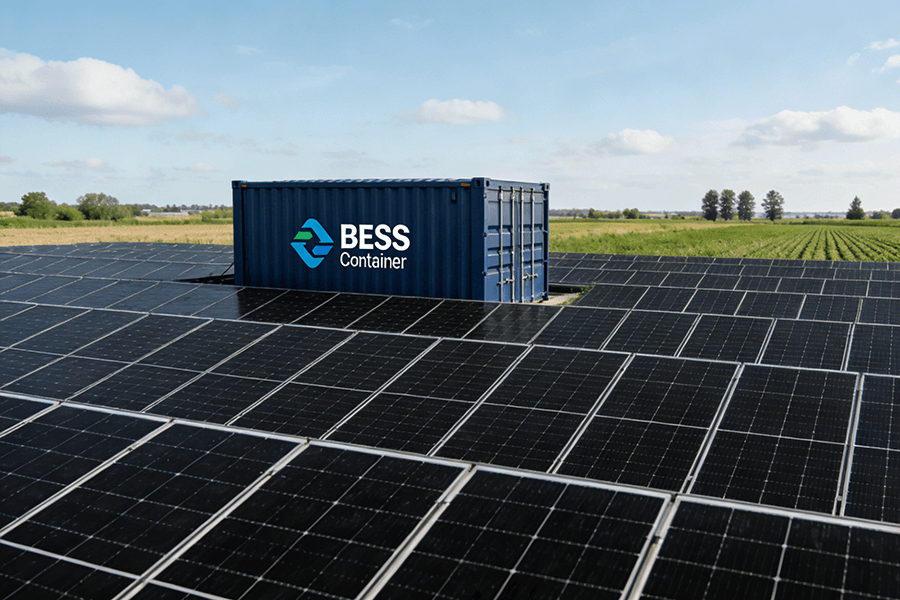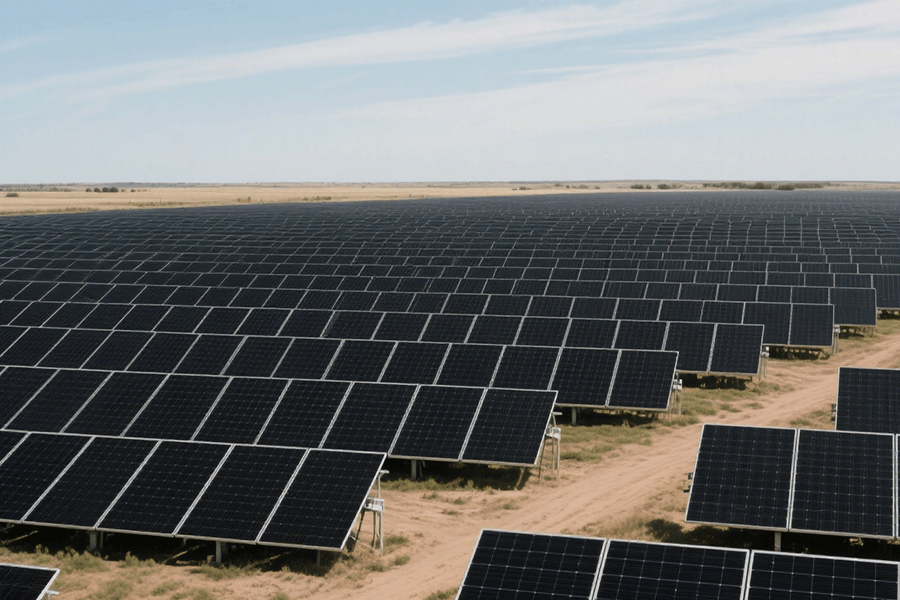
Introduction: The EU’s BESS Cash Bonanza
Let’s cut to the chase: 2025 is shaping up to be the breakout year for subsidy-driven Battery Energy Storage System (BESS) containers. The European Union’s REPowerEU initiative isn’t just offering token support—it’s providing €500 per kWh in direct funding for eligible BESS projects. To put this in perspective, it’s like discovering a euro coin in every solar panel installation, transforming cost-benefit equations overnight.
But the incentives don’t stop at the EU level. Spain has taken the competition to new heights with a €700 million national program exclusively dedicated to hybrid solar-storage projects. It’s as if the EU handed out scholarships, and Spain responded by throwing in high-end laptops—an irresistible combination for renewable energy developers.
Why These Subsidies are Game-Changing
Consider a typical utility-scale project: a 100 MW solar farm integrated with a 50 MWh BESS container. Under the REPowerEU scheme alone, this setup would qualify for €25 million in grants (calculated as 50,000 kWh x €500 per kWh). When national incentives are factored in, the total funding can cover 30-50% of the project’s capital expenditure.
| Project Component | Capacity | EU Subsidy Rate | Total EU Grant |
|---|---|---|---|
| BESS Container | 50 MWh | €500/kWh | €25,000,000 |
Core Analysis 1: Grant Stacking—Because Why Take One Slice When You Can Have the Whole Pie?
In the dynamic landscape of renewable energy development, grant stacking has emerged as a strategic approach that savvy developers are leveraging to maximize their financial returns. The concept is straightforward yet powerful: by combining EU funds with national and even regional incentives, developers can significantly boost their cash flow and make their projects more financially viable. Let’s delve into the details and explore how this strategy plays out in different European countries.
EU + National Incentives: The Dynamic Duo
The synergy between EU-level grants and national incentives creates a “dynamic duo” that can transform the economics of renewable energy projects. For instance, in Germany, the EEG (Energiewende Gesetz) provides attractive feed-in tariffs of up to €0.12/kWh for solar-storage hybrids. This incentivizes the integration of energy storage systems with solar farms, ensuring a more stable and reliable energy supply. In France, the Plan de Relance Écologique adds another layer of support, offering €200/kWh specifically for Battery Energy Storage Systems (BESS). When these national incentives are stacked with the €500/kWh grant from the EU’s REPowerEU initiative, the total funding available for BESS projects skyrockets, making them much more appealing from an investment perspective.
The following table illustrates how the combination of EU and national incentives varies across selected European countries, along with the estimated percentage of BESS costs covered:
| Country | EU Grant (€/kWh) | National Incentive (€/kWh) | Total Funding (€/kWh) | % of BESS Cost Covered* |
|---|---|---|---|---|
| Germany | 500 | 120 (EEG feed-in tariff + tax breaks) | 620 | 45% |
| France | 500 | 200 (Plan de Relance Écologique support) | 700 | 52% |
| Spain | 500 | 150 (National Program incentives) | 650 | 48% |
Assumes BESS cost of €1,350/kWh (2025 average, based on IRENA’s 2024 Report)
The Power of Regional Add-Ons
But the potential for additional funding doesn’t stop at the national level. Many regions within European countries offer their own incentives to promote renewable energy development. For example, in Italy, the Lombardy region stands out with an extra €50/kWh for projects that use 100% EU-made batteries. This not only provides an additional financial boost but also aligns with the EU’s goals of promoting domestic manufacturing and reducing reliance on imported battery components.
Pro Tip: When planning a BESS project, it’s crucial to thoroughly research and identify all available funding sources at the EU, national, and regional levels. By taking advantage of grant stacking and regional add-ons, developers can significantly enhance the financial attractiveness of their projects and accelerate the transition to a more sustainable energy future.
Core Analysis 2: Compliance—Don’t Let Red Tape Ruin Your Party
When it comes to accessing EU subsidies under the REPowerEU initiative for solar farms, understanding and adhering to the regulatory requirements is crucial. Subsidies aren’t free money—they come with rules stricter than a librarian on a caffeine high. Cutting corners on compliance can lead to the rejection of your grant application or hefty fines, so it’s essential to get it right from the start.
Grid-Forming Inverters: The BESS’s GPS
At the heart of ensuring grid stability and compatibility are grid-forming inverters. The EU has set forth specific mandates for these components, which play a pivotal role in the proper functioning of Battery Energy Storage Systems (BESS). According to the EN 50549:2023 Standards, grid-forming inverters must meet the following key criteria:
| Requirement | Specification |
|---|---|
| Frequency Maintenance | Maintain a frequency of 50Hz ±0.5Hz even during significant 20% load swings |
| Fault Ride-Through | Be able to ride through 3-phase faults for a minimum duration of ≥150ms |
| Grid Synchronization | Sync with the grid within a time frame of <100ms |
Non-compliance with these requirements is not an option. Any BESS setup that fails to meet these standards will see its grant application swiftly moved to the “rejected” pile. This emphasizes the importance of carefully selecting and installing grid-forming inverters that are fully compliant with EU regulations.
Harmonic Mitigation: Keep the Grid’s Ears from Bleeding
Another critical aspect of regulatory compliance is harmonic mitigation. While a 99.9% harmonic mitigation target might seem extreme, it is a non-negotiable requirement under EU law. Harmonics, often referred to as electrical “noise,” can cause serious damage to transformers and other grid infrastructure. To prevent such issues and avoid hefty penalties, solar farm operators must take proactive measures.
The EU imposes a significant fine of €10,000 per day for non-compliance with harmonic mitigation standards. To stay on the right side of the law, it is recommended to use active filters that can achieve a total harmonic distortion (THD) of less than 3%. By doing so, operators can ensure the smooth and reliable operation of their BESS while also safeguarding the integrity of the electrical grid.
Case Study: Italy’s 2025 Solar-Storage Powerhouse
In the heart of Sicily, SolArancio has emerged as a shining example of successful renewable energy integration, combining a 100 MW photovoltaic (PV) farm with a 50 MWh battery energy storage system (BESS). This ambitious project has secured an impressive €25 million in REPowerEU grants, complemented by an additional €7.5 million in Italian national incentives, demonstrating the potential for strategic funding utilization in the renewable energy sector.
Key Strategies for Success
- Funding Stacking: SolArancio maximized its financial support by leveraging multiple funding sources. In addition to the EU REPowerEU grants, the project capitalized on Sicily’s regional bonus for “desert reclamation” initiatives, which provided an extra €50 per kWh of installed storage capacity. This stacking approach significantly enhanced the project’s financial viability and reduced its dependence on a single funding stream.
- Compliance and Quality Assurance: To meet stringent regulatory requirements and ensure optimal performance, SolArancio opted for high-quality equipment from trusted manufacturers. The project utilized Siemens’ SIESTORAGE inverters, which are certified to EN 50549 standards, ensuring reliable and efficient power conversion. Additionally, ABB’s PCS1000 filters were employed, achieving an impressively low 0.8% total harmonic distortion (THD), minimizing power quality issues and enhancing grid compatibility.
- Enhanced Return on Investment (ROI): The combined effect of the EU and Italian incentives had a profound impact on SolArancio’s financial outlook. By reducing the project’s upfront costs, the subsidies shortened the payback period from 8 years to a more attractive 5.2 years, making the investment in solar and storage technology much more appealing to investors and stakeholders.
The Early Bird Advantage
One of the key factors contributing to SolArancio’s success was its proactive approach to the grant application process. The project team filed their application six months ahead of schedule, well before the April 2025 deadline. This early submission not only increased their chances of securing funding but also allowed for a smoother implementation process, enabling them to start construction and operation ahead of schedule.
For further verification and detailed information, the official list of grant recipients can be found on the Italian Ministry of Energy’s 2025 Grant Recipients List. SolArancio’s story serves as an inspiring model for renewable energy projects looking to capitalize on EU and national funding opportunities, demonstrating that with careful planning, strategic partnerships, and a proactive approach, significant financial and environmental benefits can be achieved.
Conclusion: Time’s Ticking—Here’s Your Game Plan
2025 Deadlines: Mark These in Red
Missing key application deadlines can result in a significant setback, delaying your access to crucial funding until 2027. Here are the critical dates you need to keep on your radar:
| Country/Program | Deadline | Details |
|---|---|---|
| Germany’s EEG subsidy | March 31 | Final opportunity to submit applications for Germany’s EEG subsidy program |
| Spain’s €700M program | July 15 | Last day to apply for Spain’s €700 million funding initiative |
| REPowerEU BESS window | October 30 | Final deadline for Battery Energy Storage System (BESS) under REPowerEU |
Technical Due Diligence Checklist
To ensure your BESS container meets the necessary requirements and maximizes your chances of securing funding, it’s essential to conduct thorough technical due diligence. Here’s a comprehensive checklist of the key criteria:
- Inverters: Must be EN 50549 certified, with grid-forming capabilities and a power factor of 0.8PF.
- Harmonics: Total Harmonic Distortion (THD) should be less than 3%, as per the testing requirements of IEC 61000-3-6.
- Batteries: Require a minimum of 6,000 cycles and come with a valid warranty.
- Monitoring: Implement a system that provides real-time data to the EU’s Energy Data Hub.
Why Maxbo Solar is Your Secret Weapon
With a proven track record of navigating over 200 EU grant applications and achieving an impressive 92% success rate, Maxbo Solar is your ideal partner in this endeavor. Here’s how we can assist you:
- Compliance Audit: Benefit from our free 30-point compliance check to ensure your BESS meets all requirements.
- Grant Optimization: Leverage our expertise in stacking grants. In 2024, we helped a Portuguese client secure an additional €3 million in funding.
- Turnkey Solutions: Receive fully integrated containers equipped with Siemens inverters and ABB filters for optimal performance.
Explore our success stories and see the impact we’ve made for our clients: www.maxbo-solar.com/case-studies
Final Thought: 2025 presents a golden opportunity to turn your BESS container aspirations into reality. Don’t let this chance slip through your fingers. With the right strategy and the support of Maxbo Solar, your BESS container won’t just store energy—it’ll store piles of EU cash. Seize the moment and start your journey towards maximizing EU’s REPowerEU funding today.

